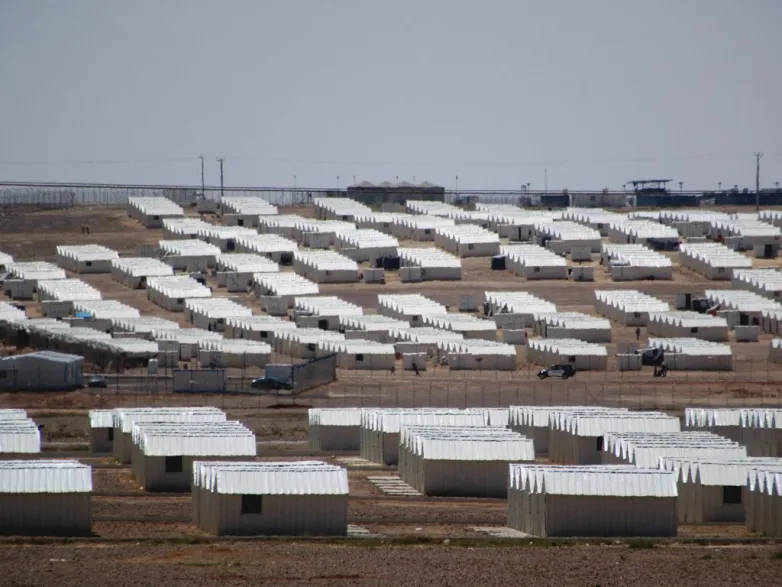Jordan launches tender for utility scale solar at Azraq refugee camp
Sep 6, 2019 01:20 PM ET
- When built, the 5 MW solar park will supplement two other megawatt scale plants powering the camp. The project is expected to be developed with the support of the Spanish government.

Jordan’s Ministry of Energy and Mineral Resources (MEMR) has opened the tender for a 5 MW solar project it announced for the refugee camp of Azraq in September.
MEMR said the tender will be held under the Debt Swap Mechanism on Development the Jordanian government signed with Spain in 2001.
“The MEMR invites Spanish and other nationality firms or entities to participate in this tender for the design, supply, construction, commissioning and warranty of the grid connected solar plant that is to be carried out on a turnkey basis,” the tender document read.
Developers have until October 17 to submit project proposals. Works for the Azraq-III PV plant will comprise design, supply, construction, commissioning and the first two years of an operations and maintenance warranty.
Solar against humanitarian crisis
Near the northern border with Syria, the Azraq camp is already powered by two megawatt-scale PV plants, a 2 MW facility completed in May 2018 and a 12.9 MW solar park connected to the grid in October. The power generated by the plants powers lights, heaters, shelters, refrigerators, TVs and power sockets.
In a recent interview with pv magazine, Dave Mozersky, CEO and founder of Energy Peace Partners, explained how solar can reduce the costs of electricity for humanitarian missions in regions such as Syria, South Sudan, the Congo, Somalia, Myanmar and Yemen. “If humanitarian missions and UN camps may rely on its own energy provided by solar, they would not have to depend on local diesel and fuel suppliers which can be involved in local war economies,” Mozersky said. “Apart from being cheaper, this would also help reduce their carbon footprint in areas which are traditionally plagued by pollution and natural disasters, and help introduce new renewable energy infrastructure to fragile regions.”
Also read


